Sisterhood Heals: The Transformative Power of Healing in Community by Dr. Joy Harden Bradford5/18/2025
6 Comments
Enjoy the many covers of The Fire Next Time
|
byGinaya | In a cute pocket-sized, manual-style text, Sobonfu Some' gives us an in-depth analysis of the cultural expectations of marriage and relationships through the lens of the Afrikan village. In her upbringing in a small village in Burkina Faso she explains how relationships worked there. They encompassed an environment of people who, regardless of position, were seen as either a mother/father or sister/brother. It is a society where the village is a group of people held nearest and dear to us; those who you share your desires and hopes with and depend on for advice and counsel. Some' demonstrates how for some of us lost in the diaspora we have still held on to our source of culture and societal structure in some ways. Specifically, we include all of our family and so called extended family as very involved in our commitments including the marriage union. For Black families topics like divorce not only effect the two people but everyone involved and it becomes a complicated ordeal partly because you are married not just to a person but to a village. The village reminds us that to be successful in the creation and even the dissolution of bonds we must consult with those around us. A great take away from this book was the use and importance of rituals to maintain harmony in our relationships. Some gives detailed advice on the purpose, intention and protocol for holding rituals and the tools for preparing a sacred space and building of a shrine. There is no set standard but there are traditional ways to invoke the spirits of your ancestors. Most importantly, it begins with having people involved in the ritual who are also committed to the good energy that is being created. Collectively, there is a belief that the things you wish to obtain already exist somewhere inside you. Ultimately, the ritual helps to give you the healing energy necessary to manifest all of which you desire in your bond. |
ByWulgar | W. E. B. DuBois’ 1903 seminal work, “The Souls of Black Folks”, is a series of essays that are articulate, poignant and poetic, thought provoking and heartbreaking. They paint an almost bleak picture of black life upon the canvas of post-Civil War and Reconstructionist America where an once enslaved race has gained its freedom without the resources, skills, and opportunities necessitated to be “free” within the Jim Crow society. Struggling with the very notion of what it is and means to be of color within that world. “The Negro is a sort of seventh son, born with a veil, and gifted with second-sight in this American World, a world which yields him no true self-consciousness, but only lets him see himself through the revelation of the other world. It is a peculiar sensation, this double-consciousness, this sense of always looking at one’s self through the eyes of others, of measuring one’s soul by the tape of the world that looks on in amused contempt and pity. One ever feels his twoness, —an American, a Negro; two souls, two thoughts, two unreconciled strivings; two warring ideals in one dark body, whose dogged strength alone keeps it from being torn asunder.” The work describes American society at the turn of the 20th century, now more than a hundred years hence are we that far removed? Do we know ourselves let alone our souls? |
Tunasoma!*
* Tunasoma means "we read" in Kiswahili
Archives
May 2025
April 2025
March 2025
November 2023
August 2023
May 2023
February 2022
December 2021
September 2021
May 2021
October 2020
August 2019
November 2018
July 2017
June 2017
August 2016
June 2016
November 2015
October 2015
May 2015
March 2015
December 2014
October 2013
March 2012





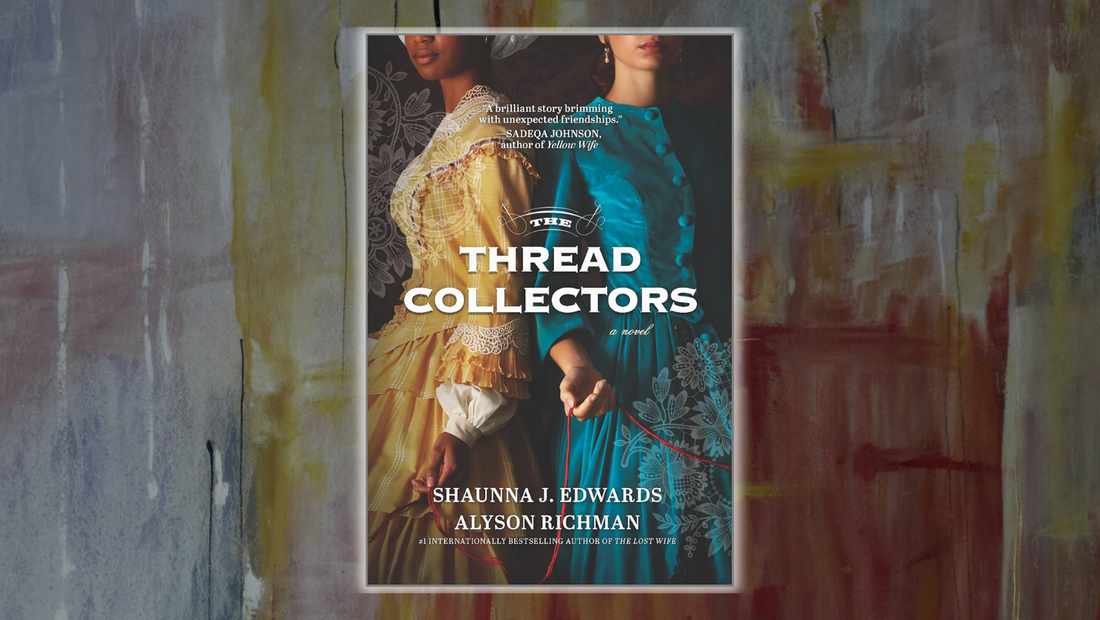
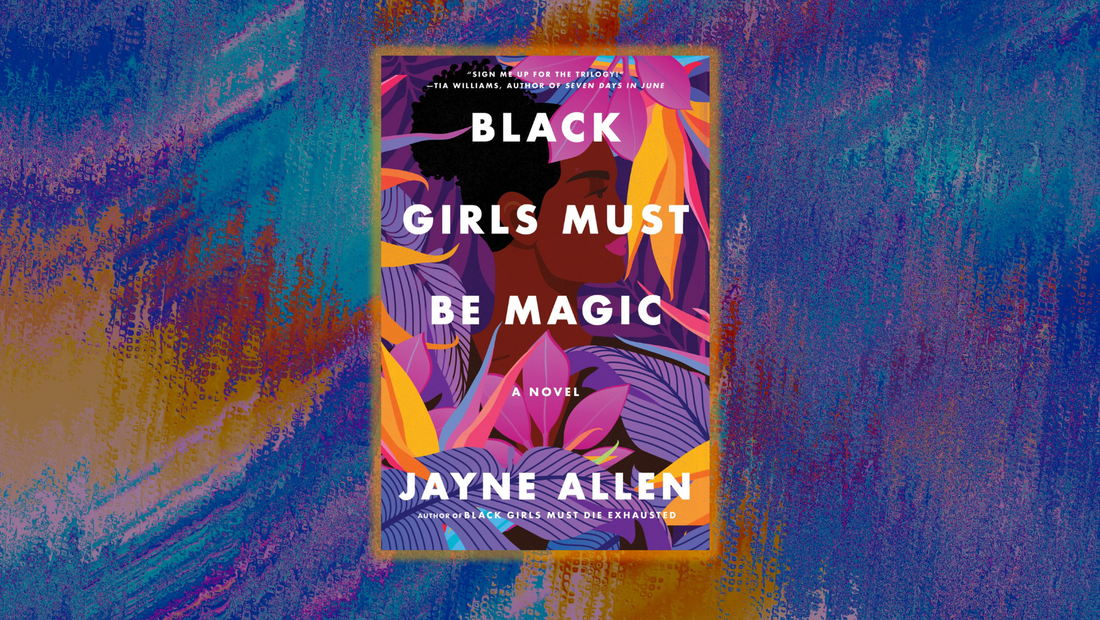
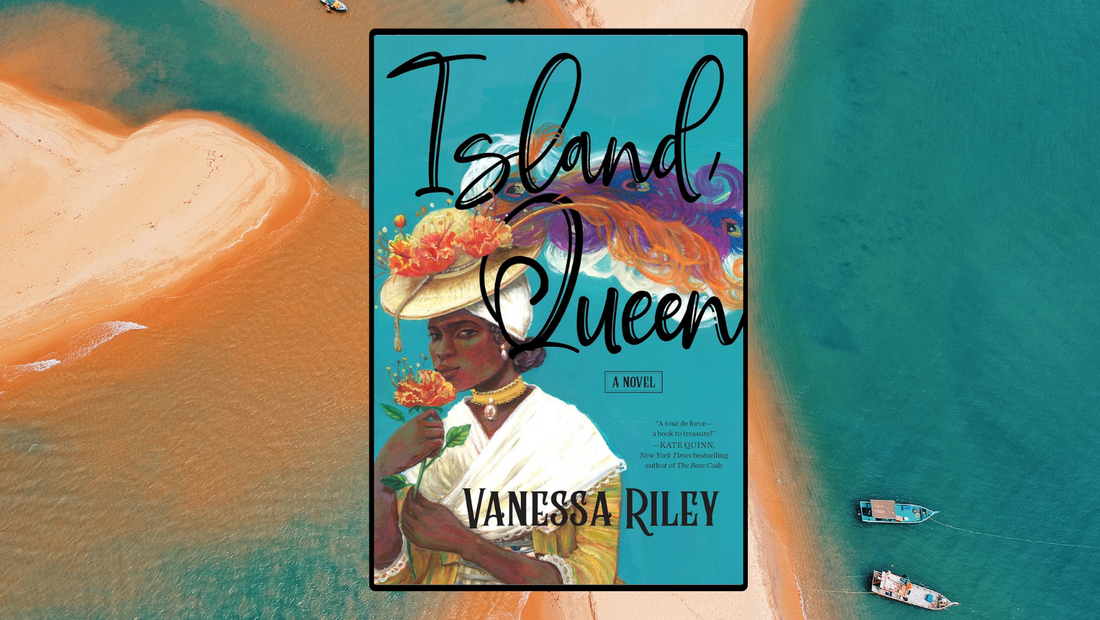
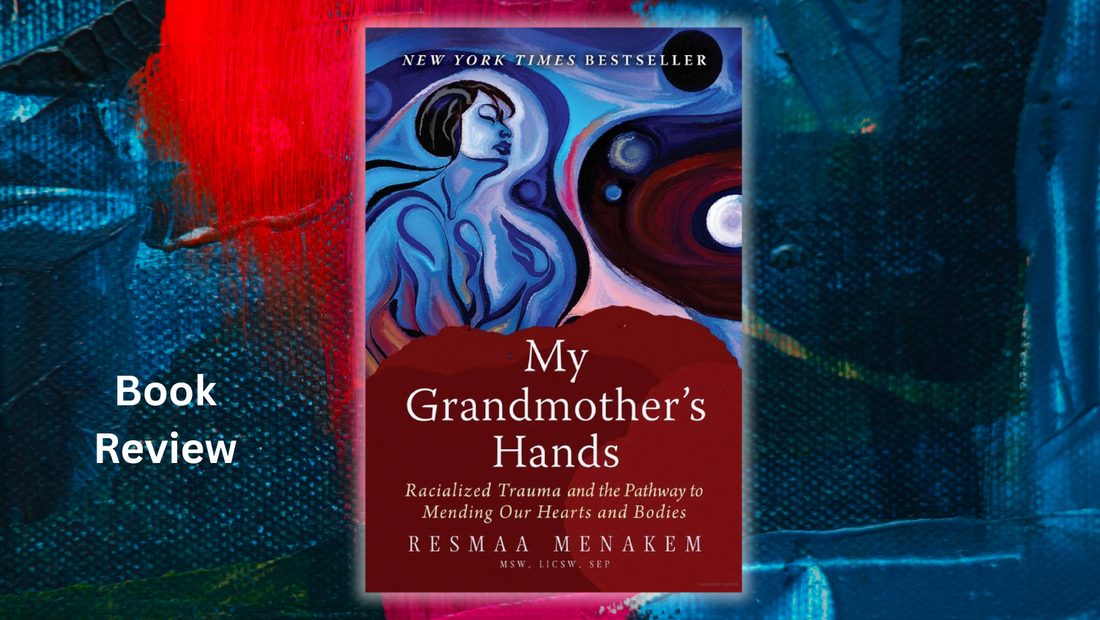
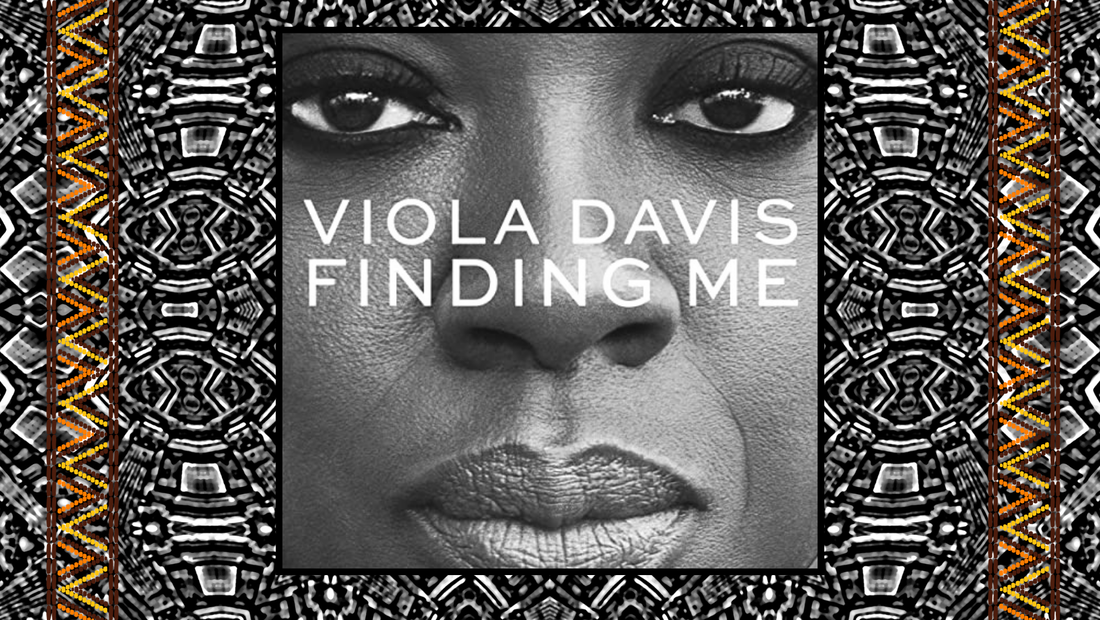
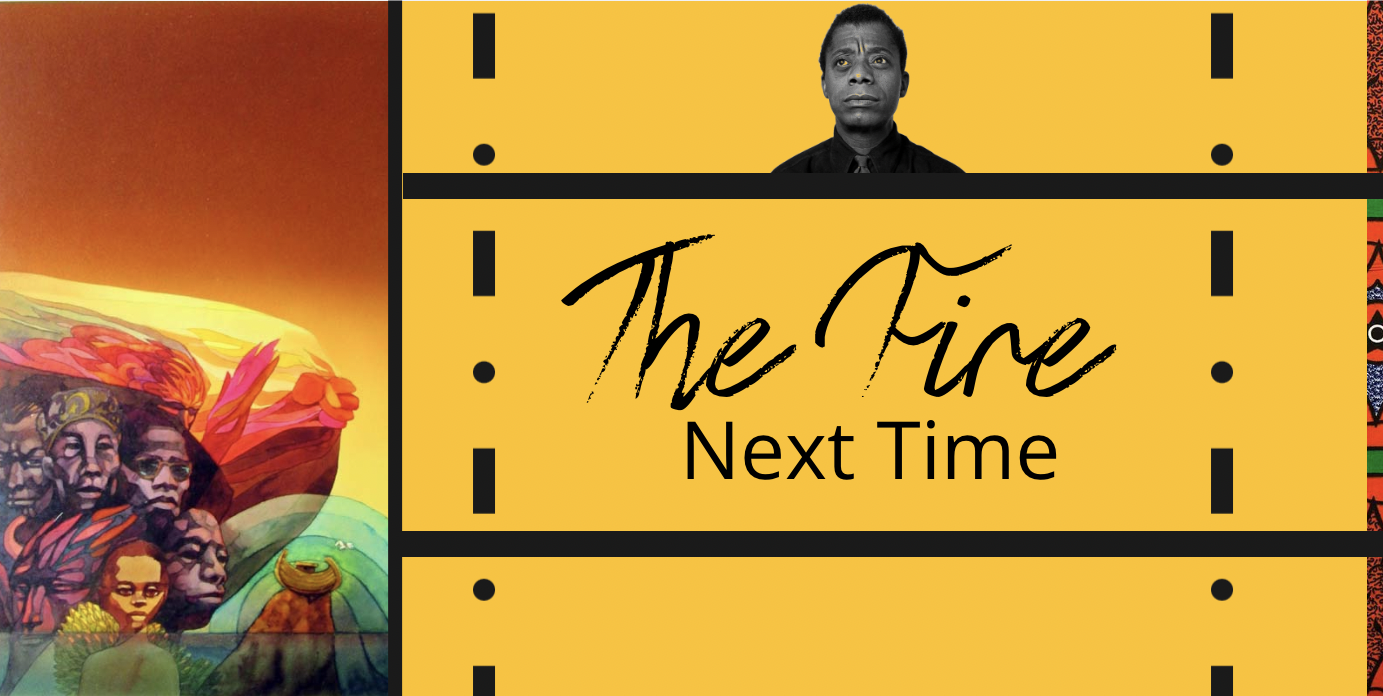
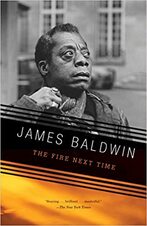
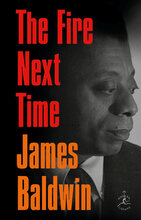
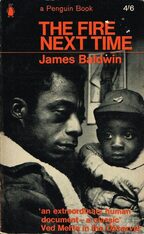


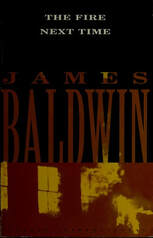
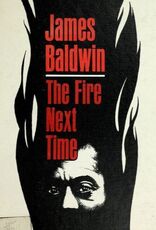

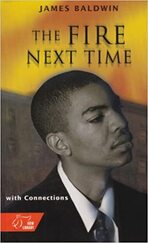
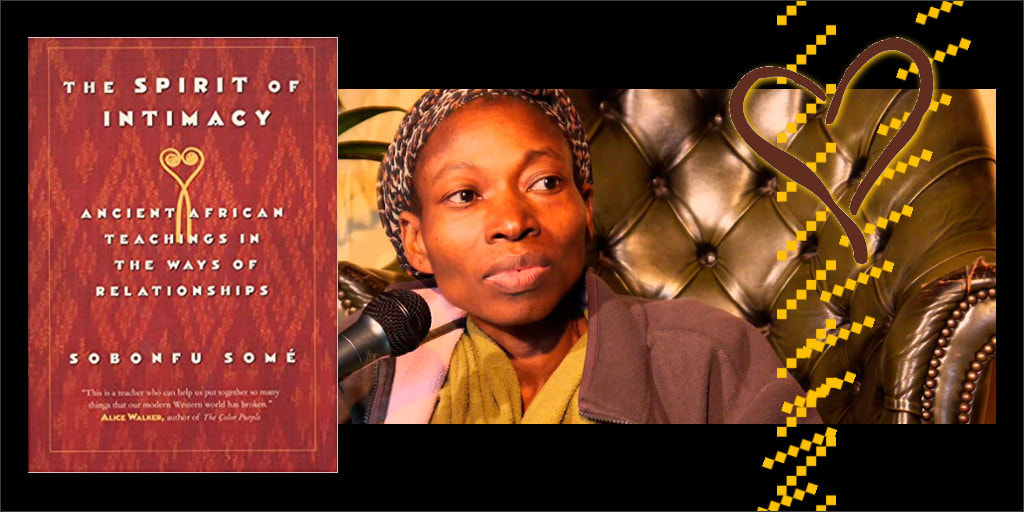
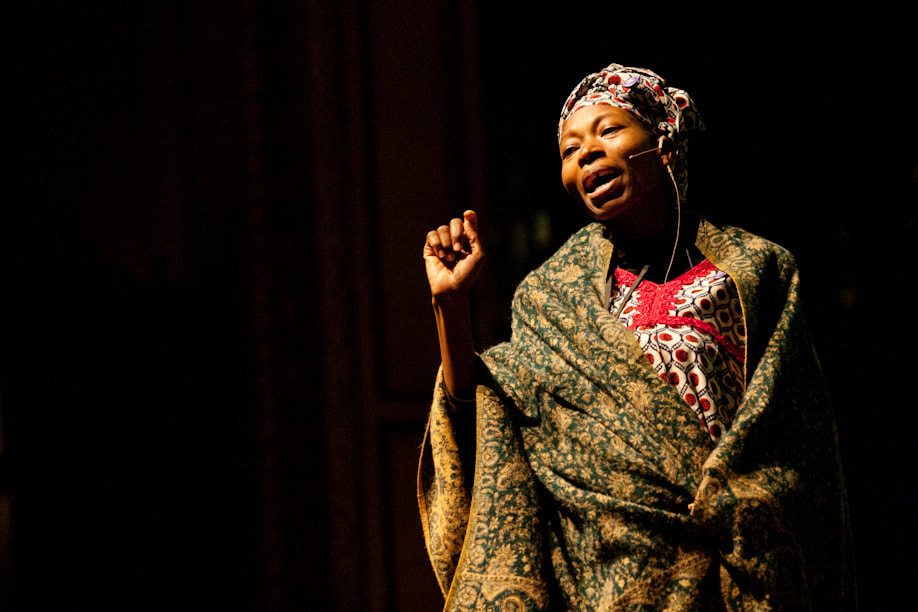








 RSS Feed
RSS Feed

